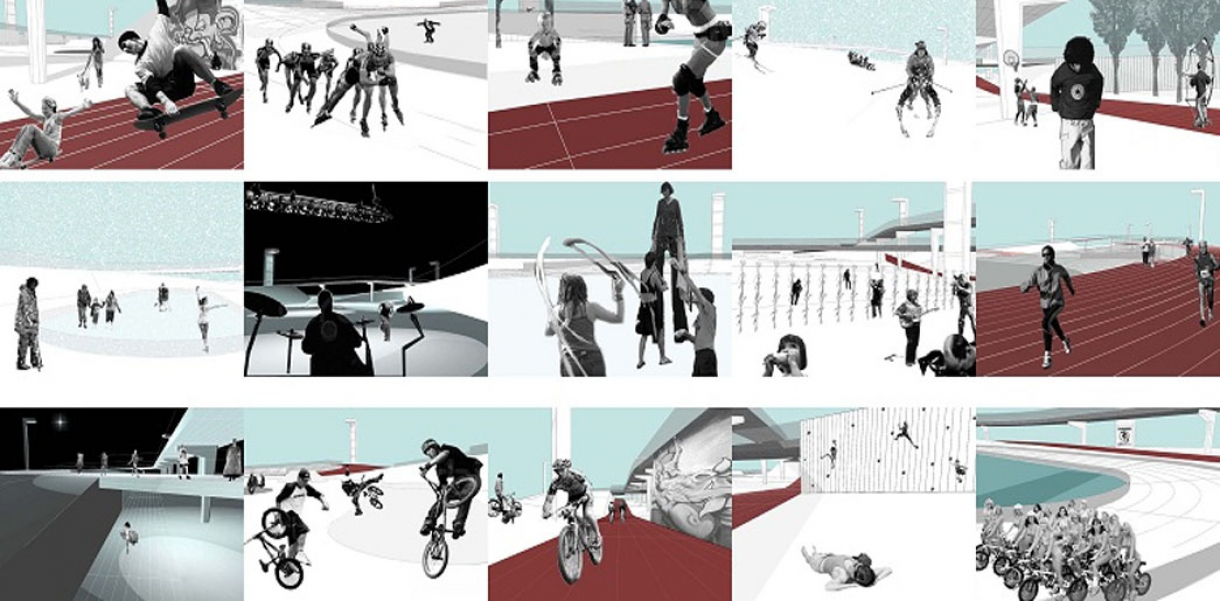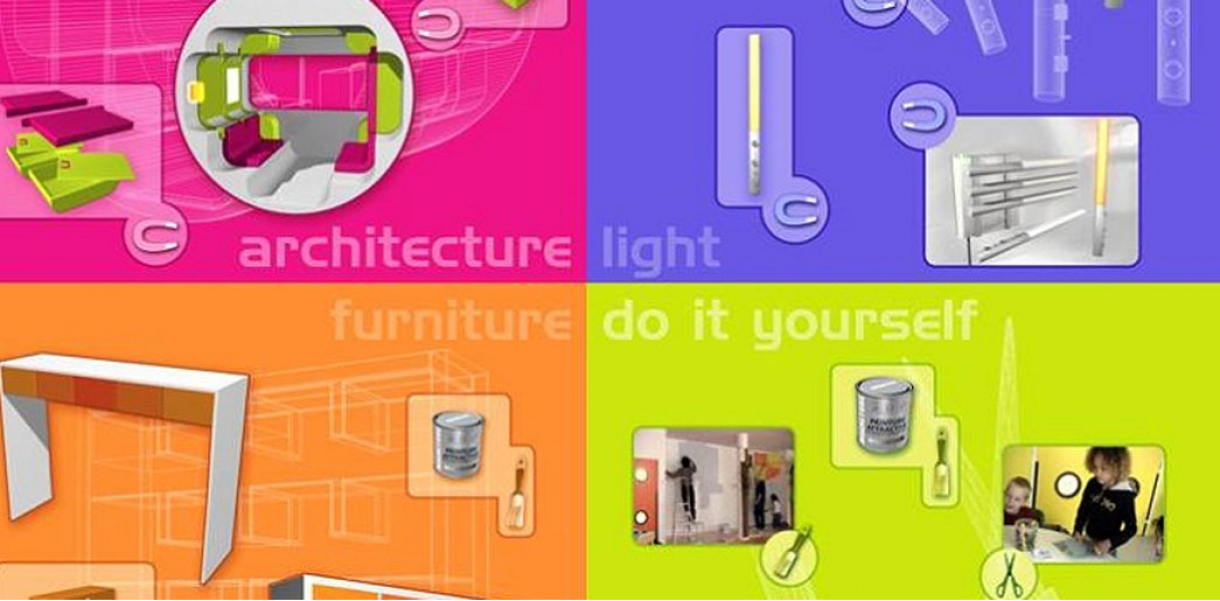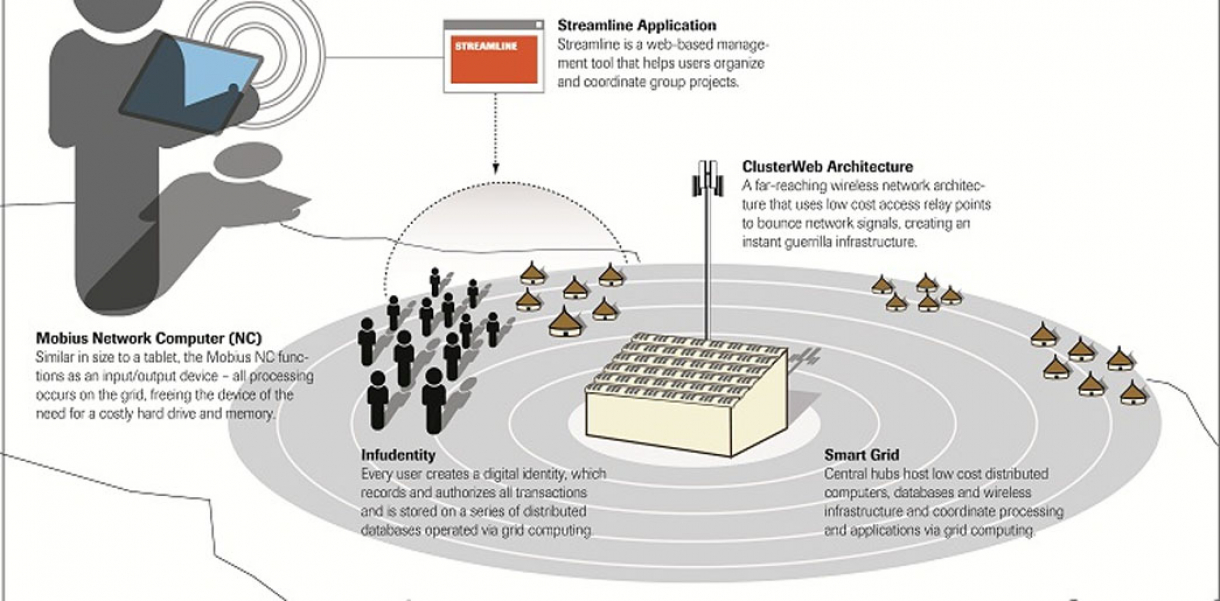Functionality and use of design
The Gofer is a ‘pebble-shaped’ screwdriver that fits easily and ergonomically into the palm of the hand. The compact design means that screws can be accessed in tight spaces. The generous proportions of the handle allow all users to grip the tool with ease. This is especially important for people with poor grip or arthritis. The screwdriver is cordless and is charged through a base unit. The motor is activated when the screw bit is pressed into the screw.
The Sanders is used across a whole range of DIY activities and the most difficult problem with handheld palm sanders is vibration. The user is expected to hold and press the sander for long period whilst it vibrates. This is difficult for people of average ability much less those with reduced ability. The Sandbug is a handheld palm sander shaped to fit the palm of the hand. It has a Velcro hand strap that removes the need to grip it and has vastly reduced the level of fatigue felt when using sanders.
Both products carry a friendly rather than industrial aesthetic placing them firmly with the house rather than toolshed. They are finished in black, durable plastic with high contrast blue for the switches and interfaces.
How did this design improve life?
DIY is a very popular activity, especially among those of retirement age with more time on their hands. But power tools, essential to many basic home improvement tasks, are almost always designed without taking into account the physical impairments that result from ageing. This causes many older people to give up DIY prematurely. The Sandbug (a palm sander) and Gofer (cordless screwdriver) were developed and tested with groups of older people and are therefore easier for everyone to use. Importantly, the tools were styled as mainstream, lifestyle products to appeal to people of all ages whilst aiding those with lesser physical ability. They demonstrate an important new approach to designing tools specifically for the domestic market. They have been an overnight success for the client, Europe’s largest DIY retailer, B&Q plc.
Drawbacks of life improvement
There are no real drawbacks to the design. It has consistently performed well in the marketplace and B&Q stores report that is it has massively oversold on expectations. Consumer reports regard the tools highly and evaluations have found nothing to be wrong with it.
Research and need
Focus groups of older people were asked to perform simple functions on existing tools and to comment on design proposals. This fed into the design brief. Short-term testing lasting from two weeks to two months was then carried out by ‘expert’ users – retired and active tradespeople – focusing on task-based work. This added more realism to the user responses noted in the focus groups, and specific aspects of a design such as ergonomics, usability or aesthetics could be assessed. Long-term testing was then carried out with a group of nine critical users ranging from a professional carpenter to a retired business woman. Each was given tools to use over eight months, and a diary to record activities and responses to the tasks set and the tools used. The one-to-one relationships that resulted allowed deeper interaction between designer and user and as a result, key physical problems, mindsets and cultural issues linked to performing DIY were revealed.
Designed by
Matthew White - United Kingdom






